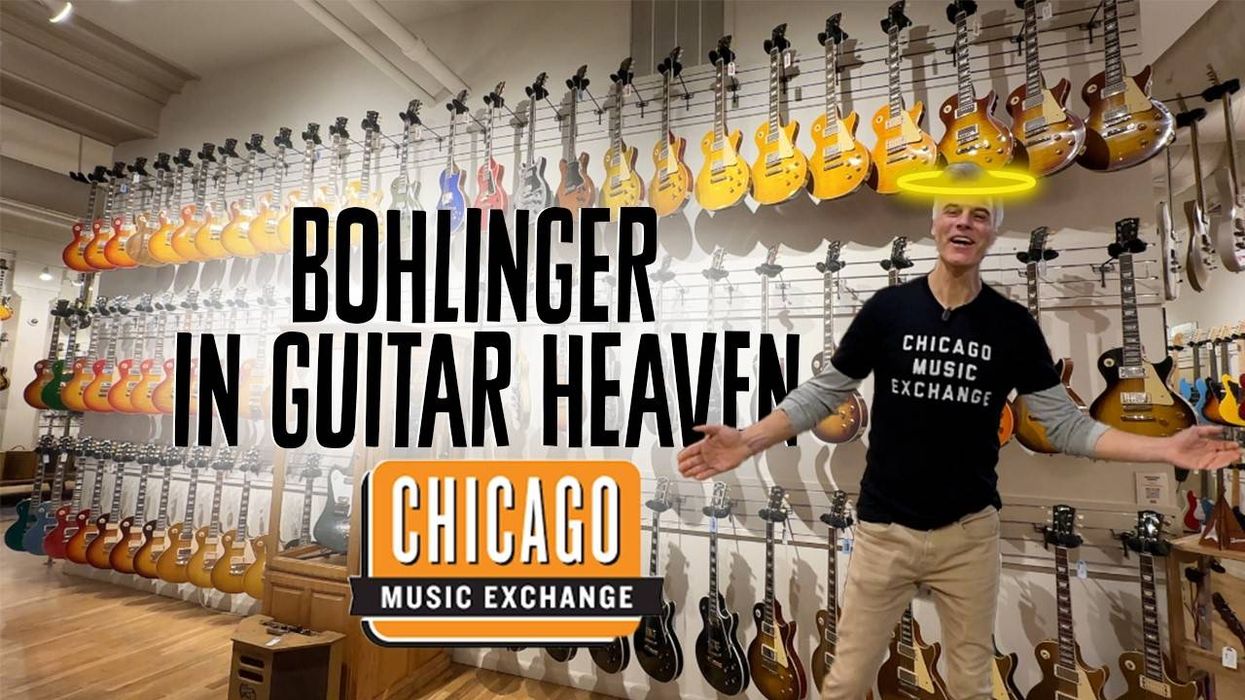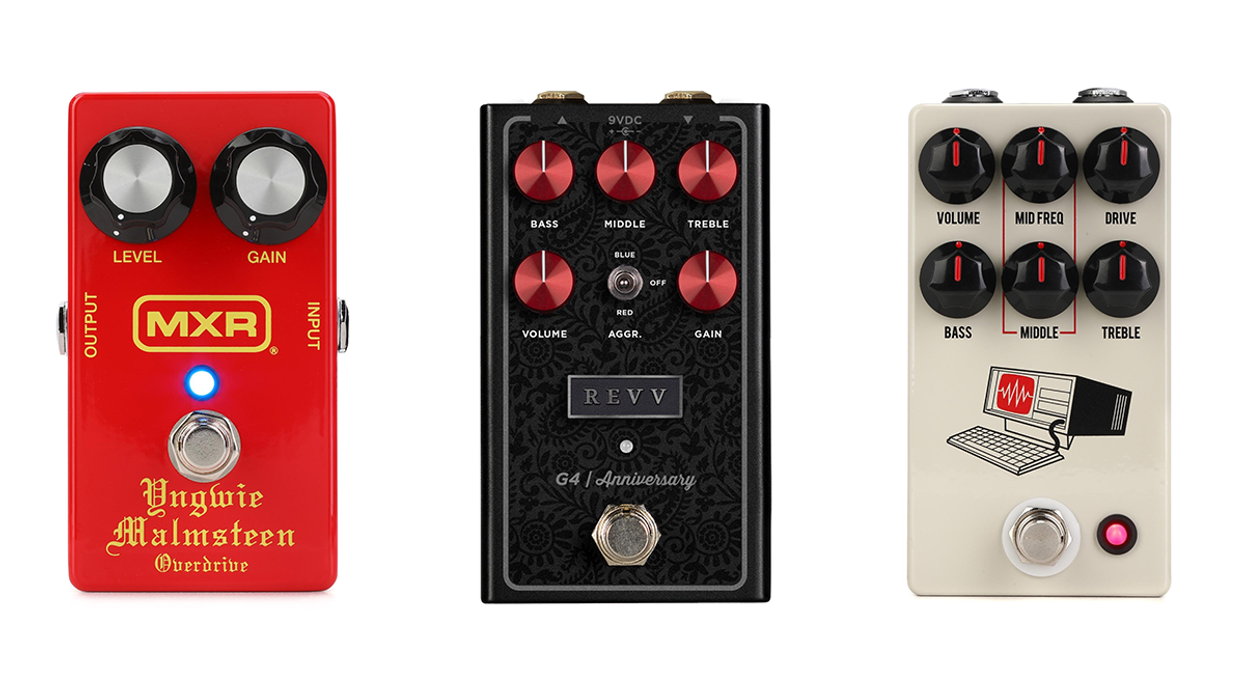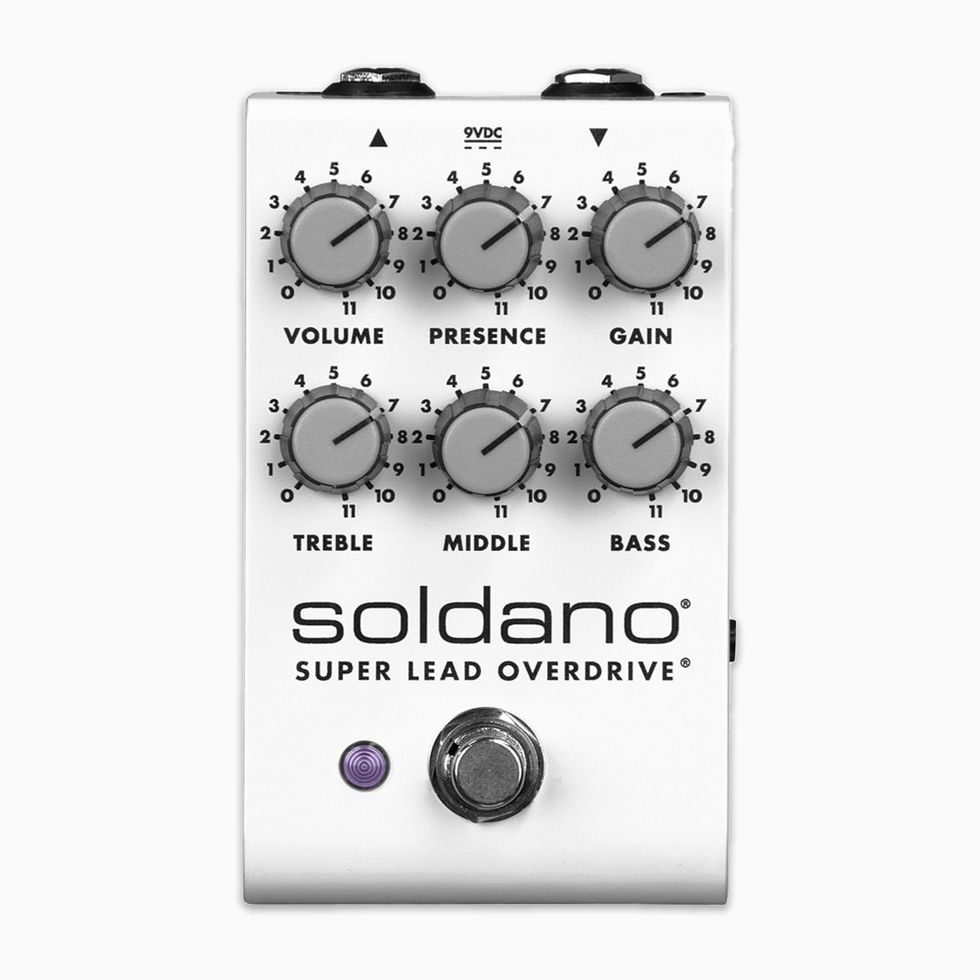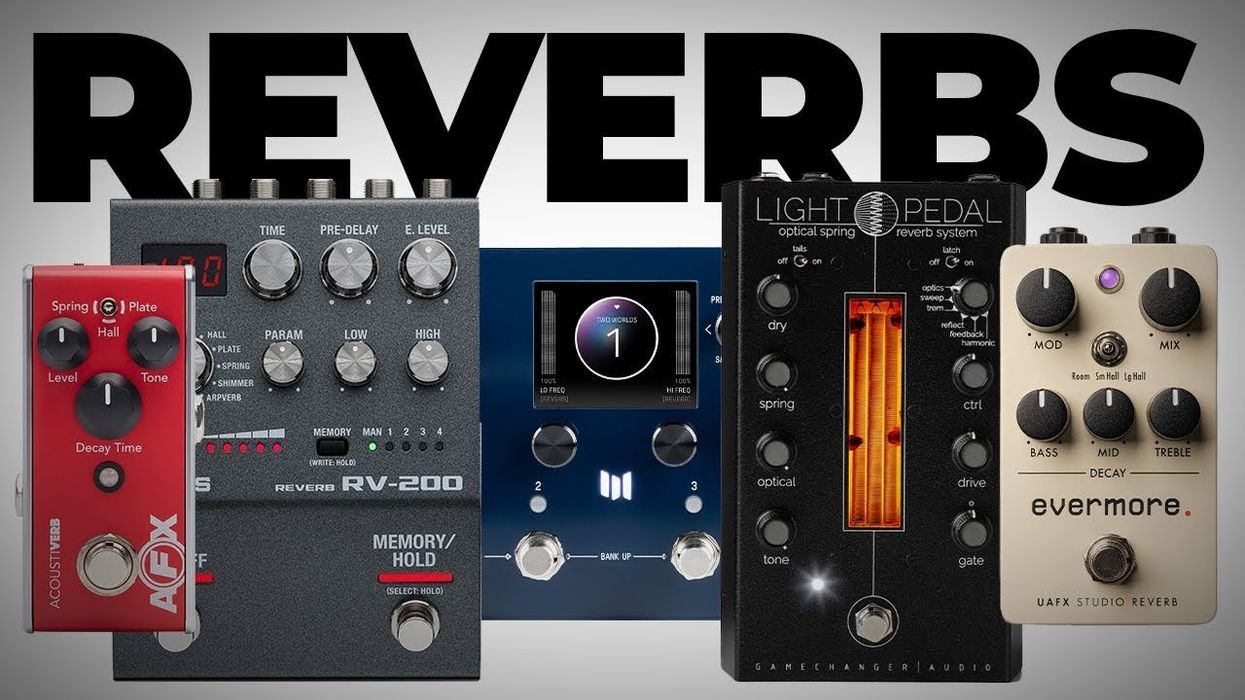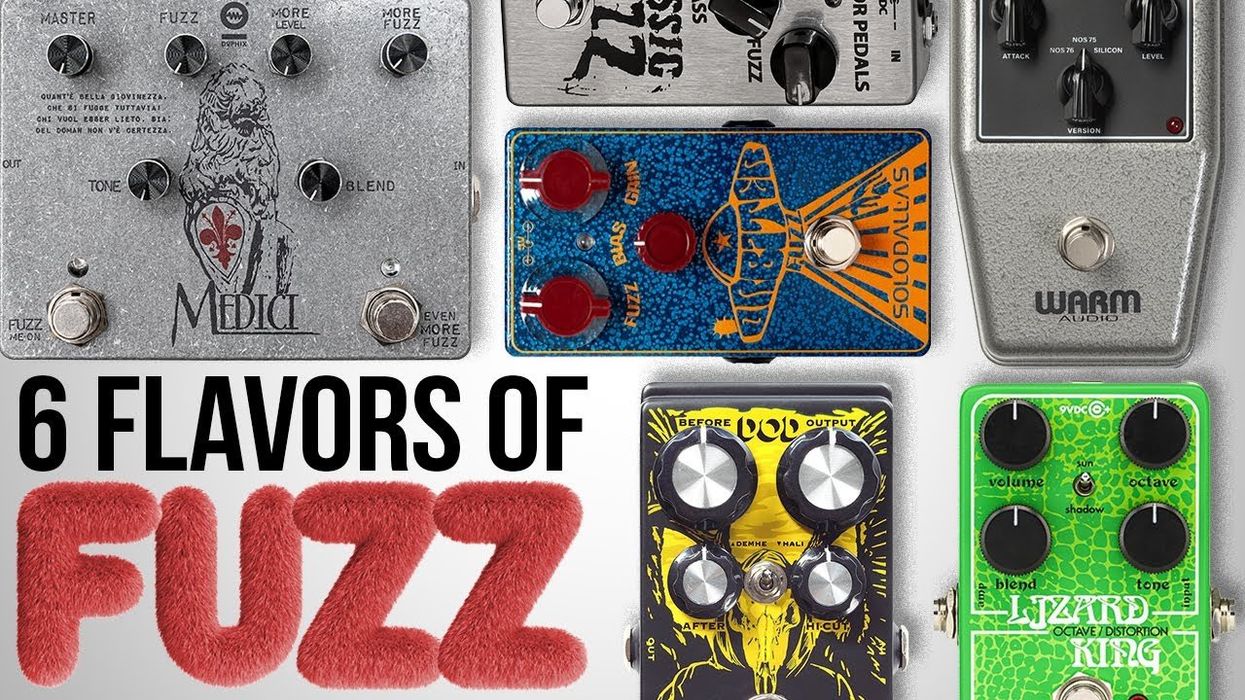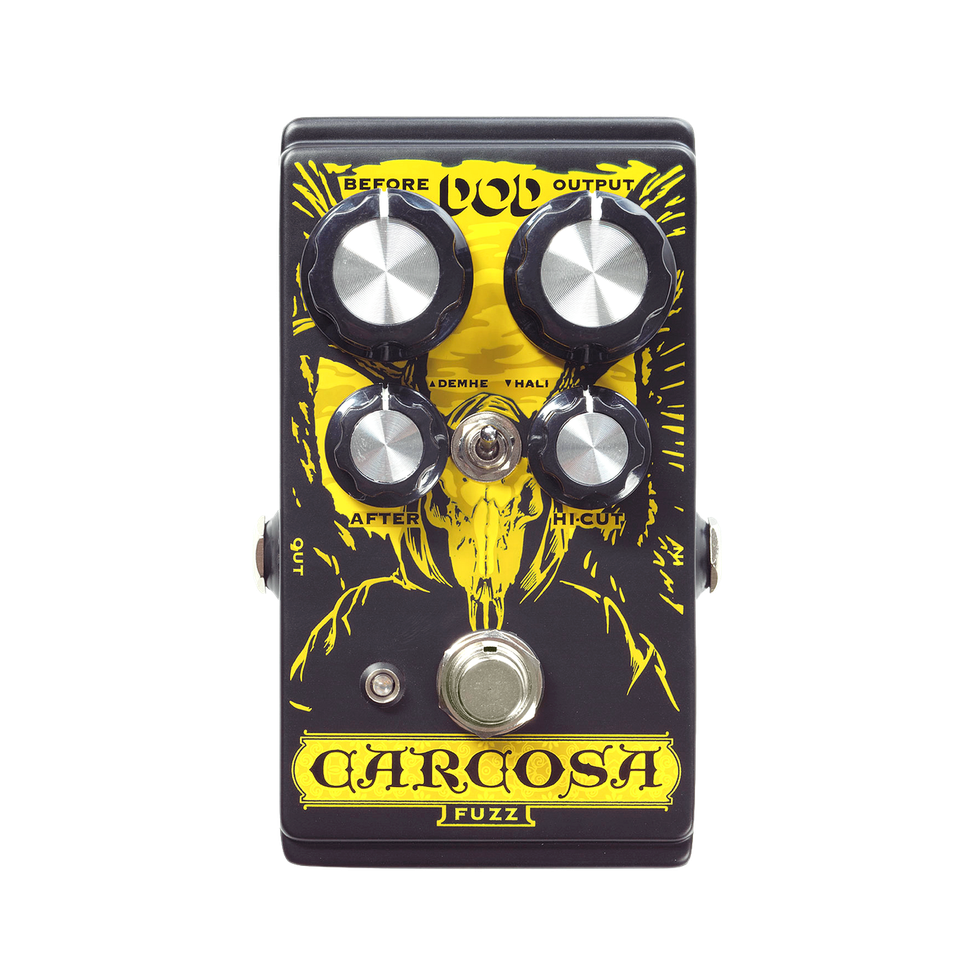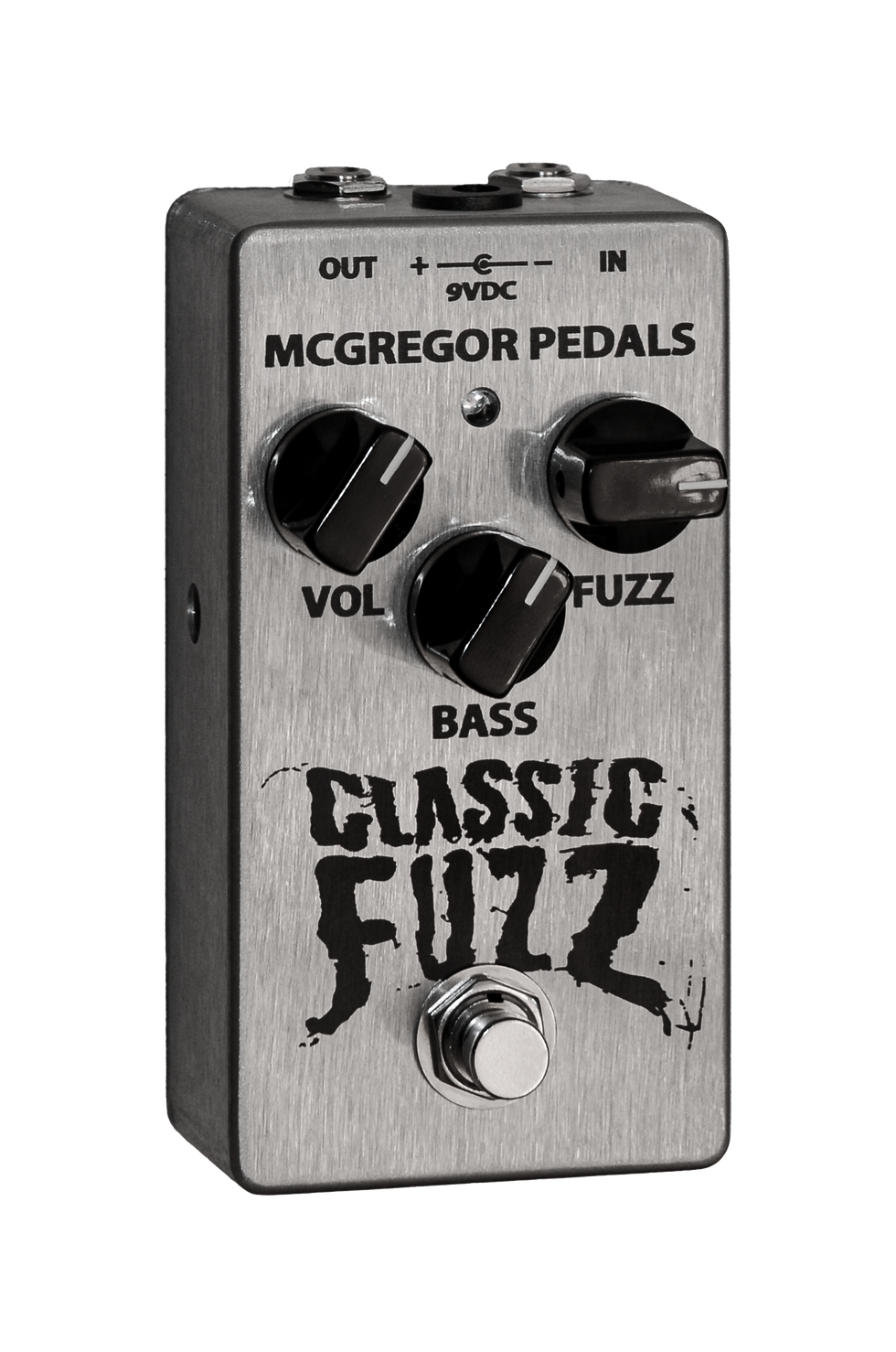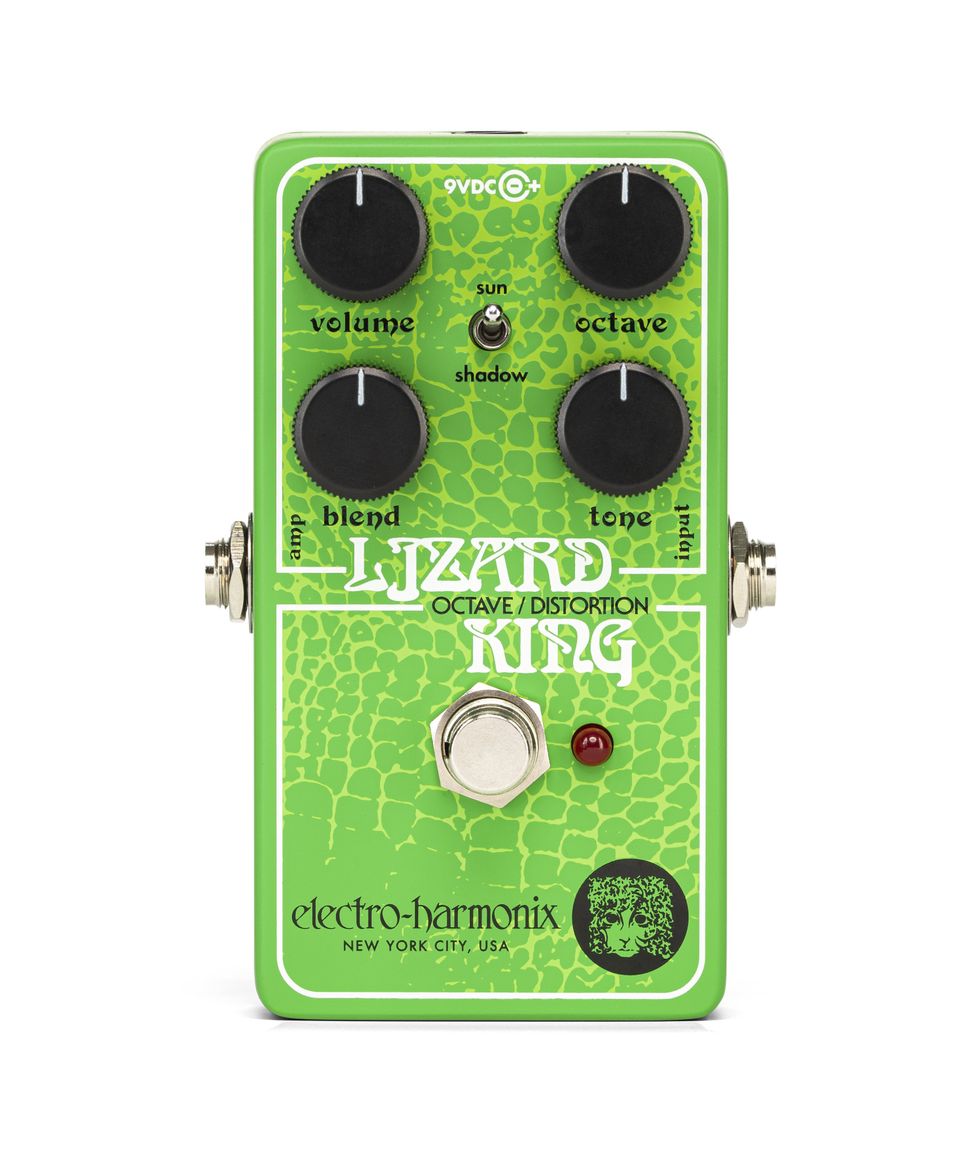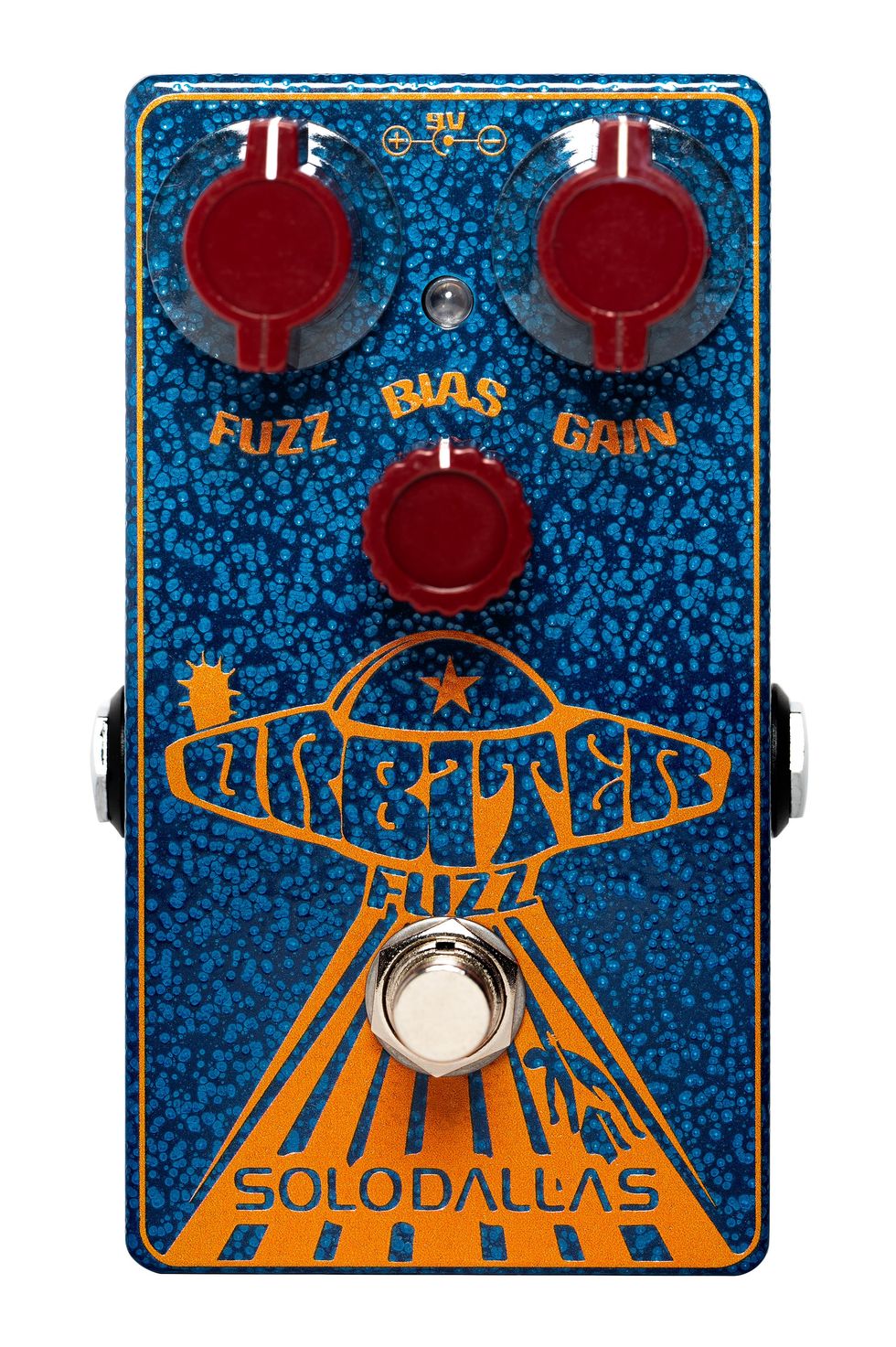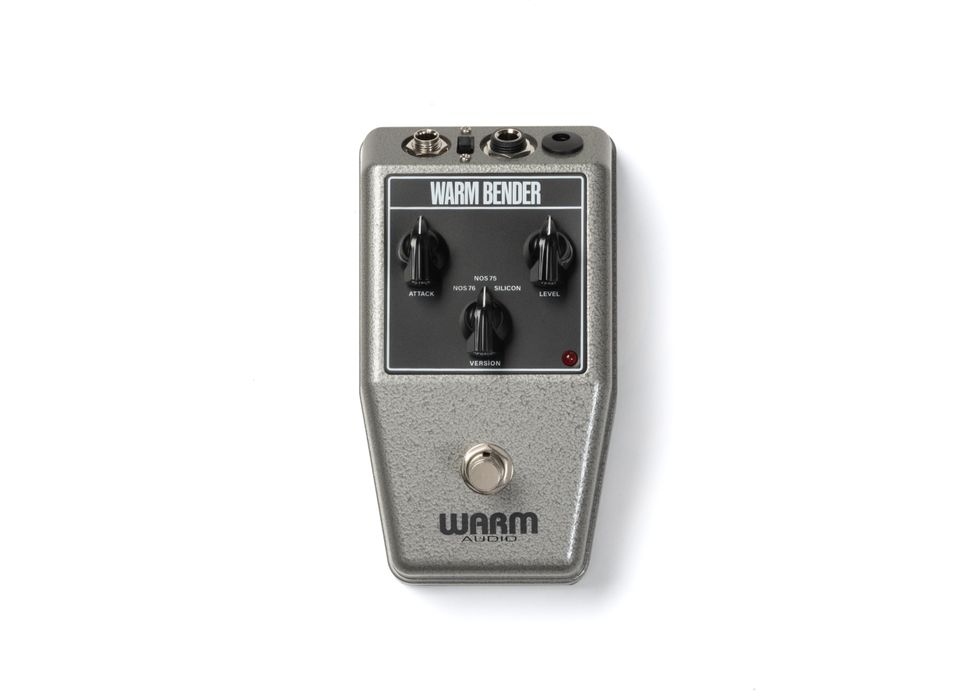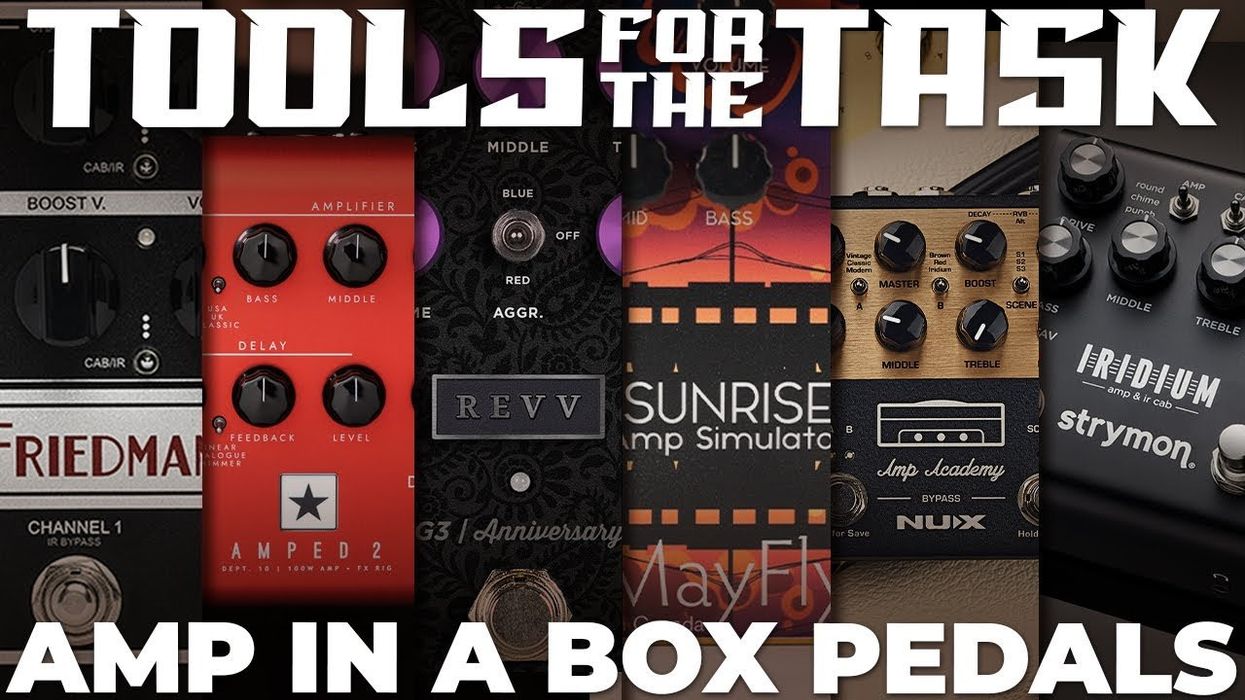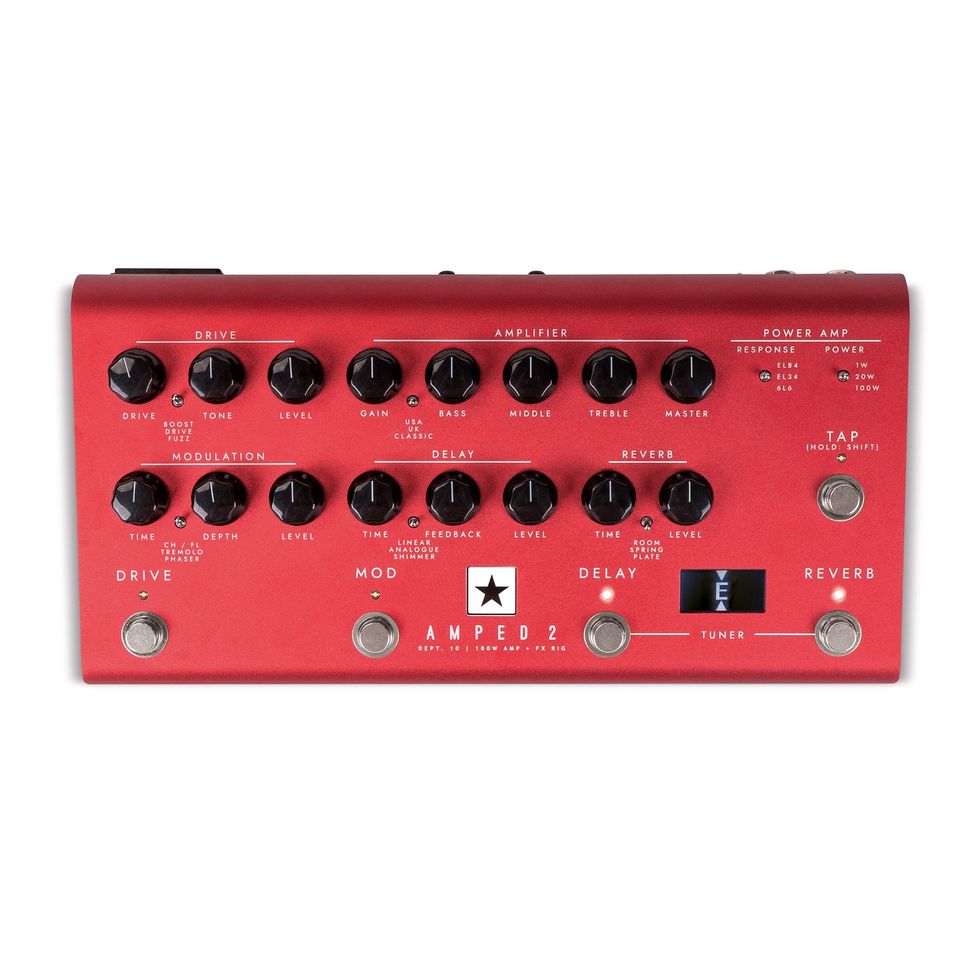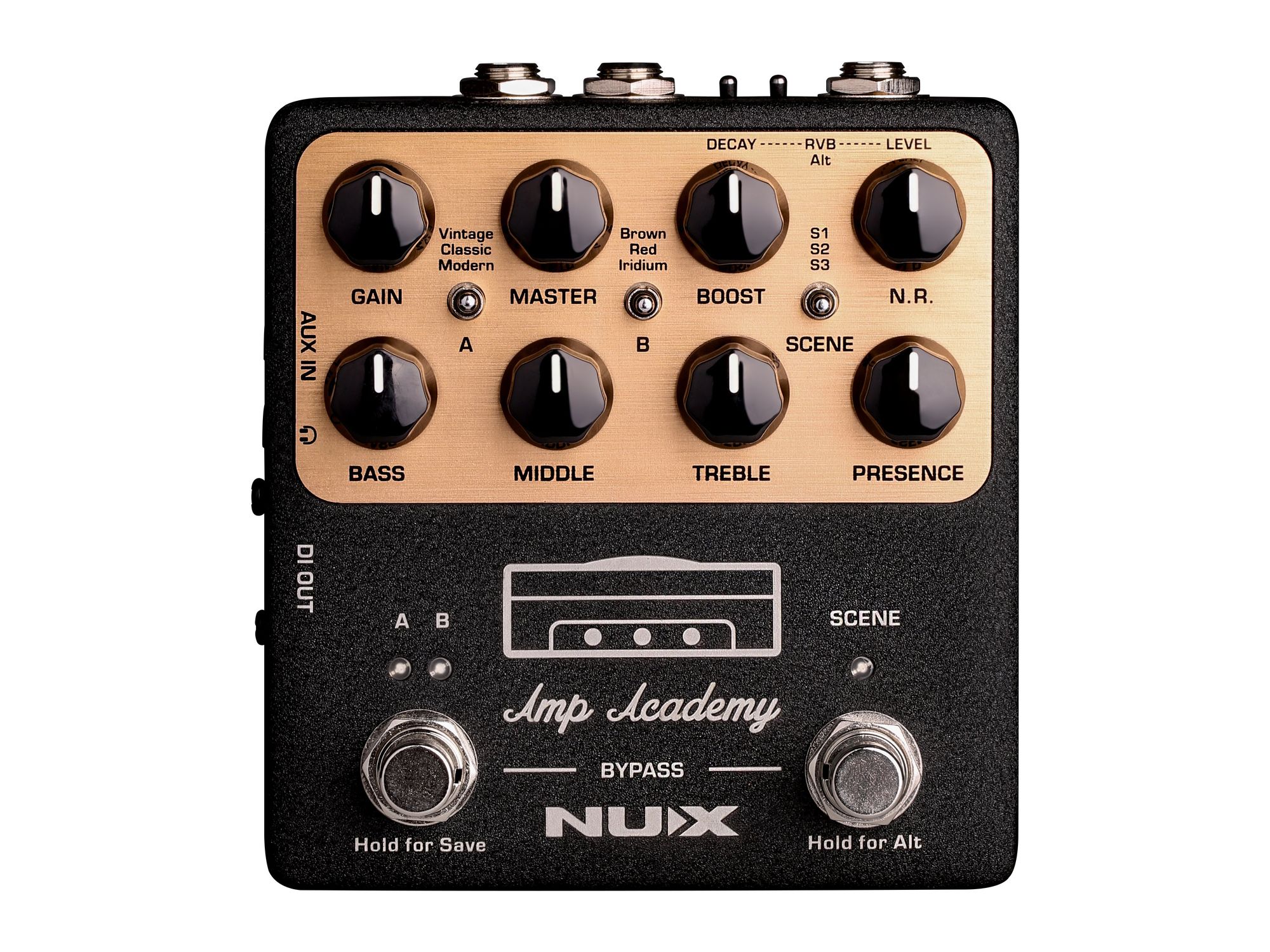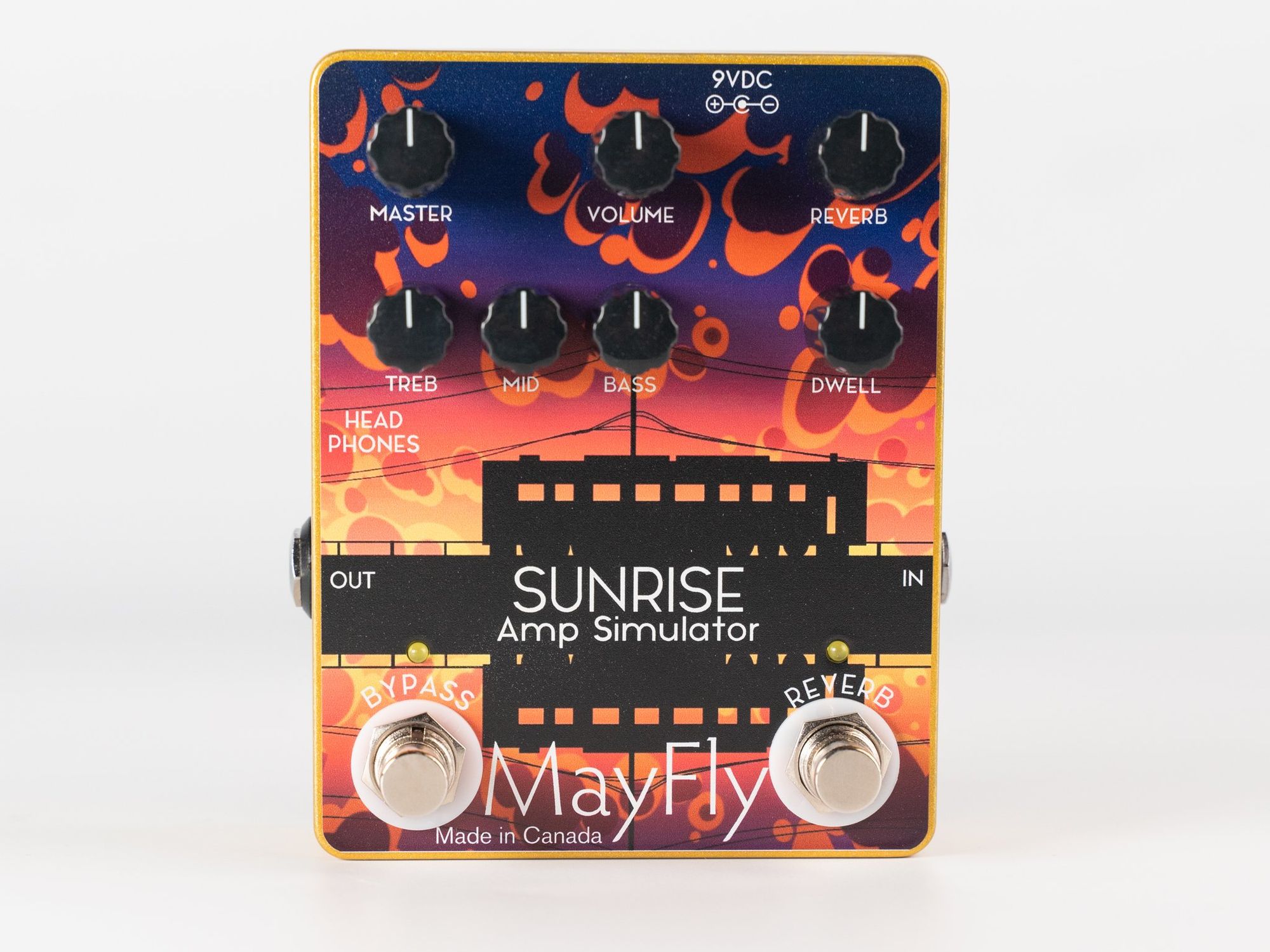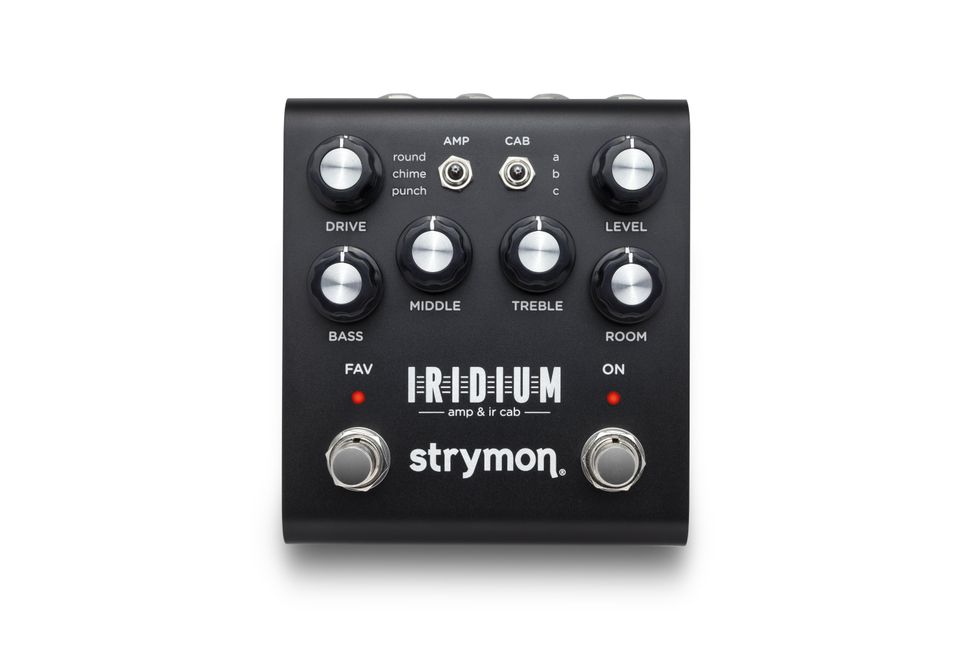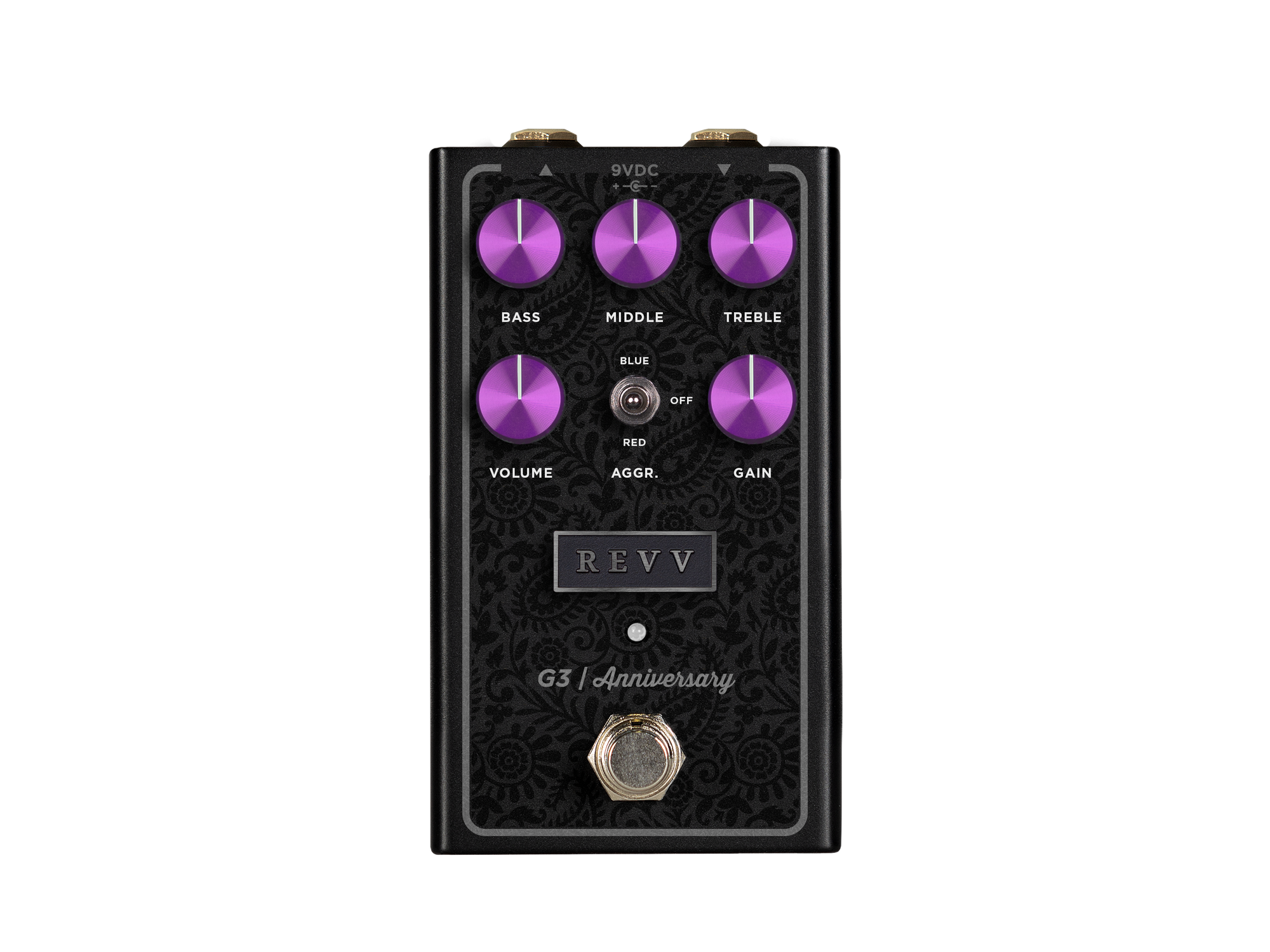ZOOM AC-3 Acoustic Creator
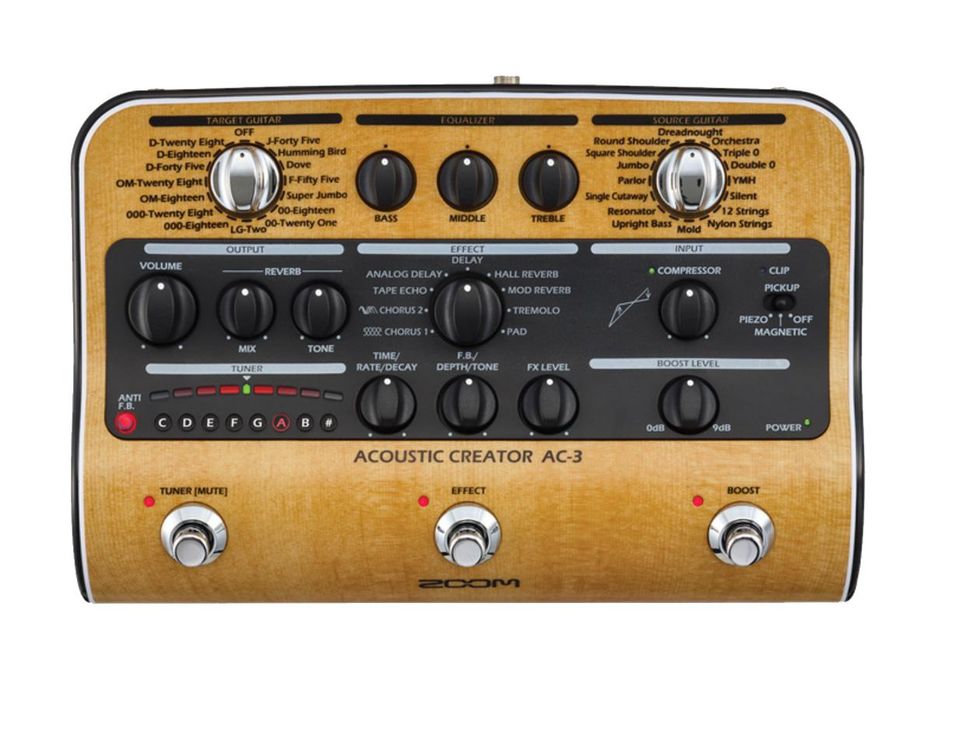
This acoustic-focused DI adds a bit of digital-modeling mojo to help shape the sound of your guitar to one of 15 target models. Also in the mix are a handful of useful modulation effects, compression, and a boost.
$299 street
zoomcorp.com
Audio Sprockets Tone Dexter
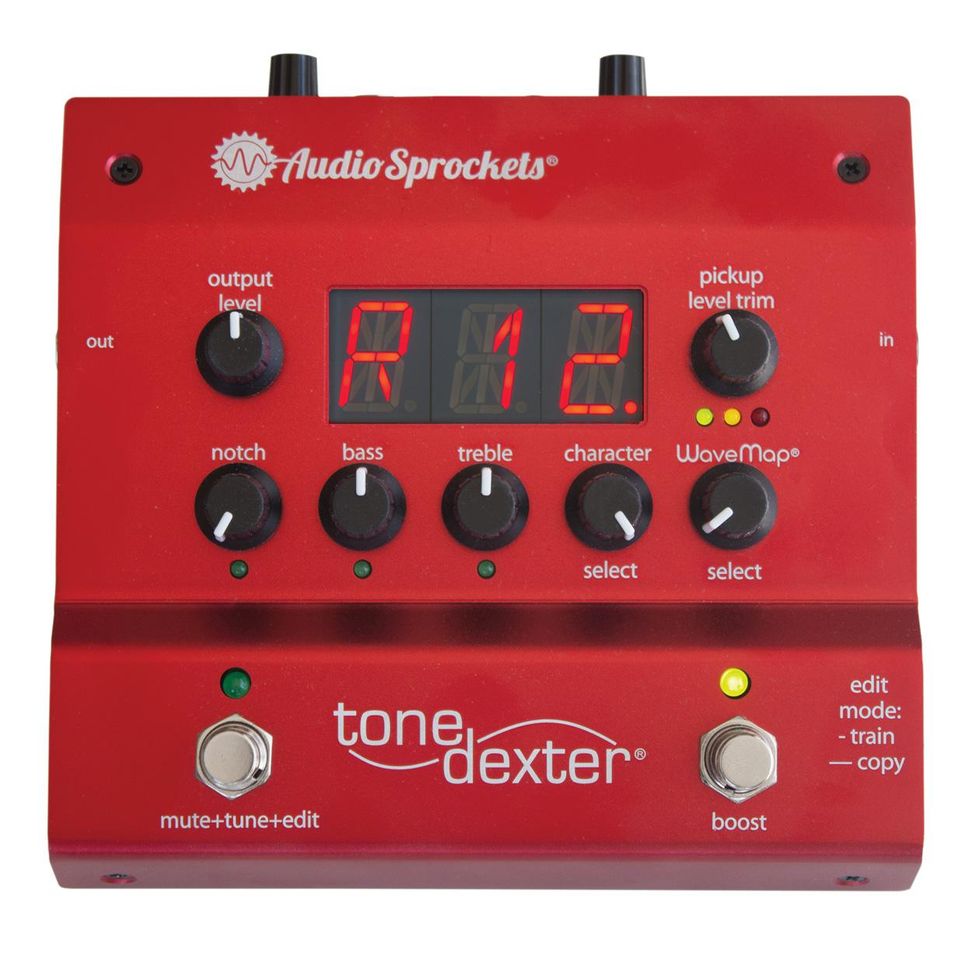
Rather than just plugging in and dialing some knobs, you train this inventive DI by miking up your guitar and allowing the unit to learn about any missing aural info. Once the wave map is saved, you can pull it up on the gig.
$399 street
audiosprockets.com
Mesa/Boogie Rosette
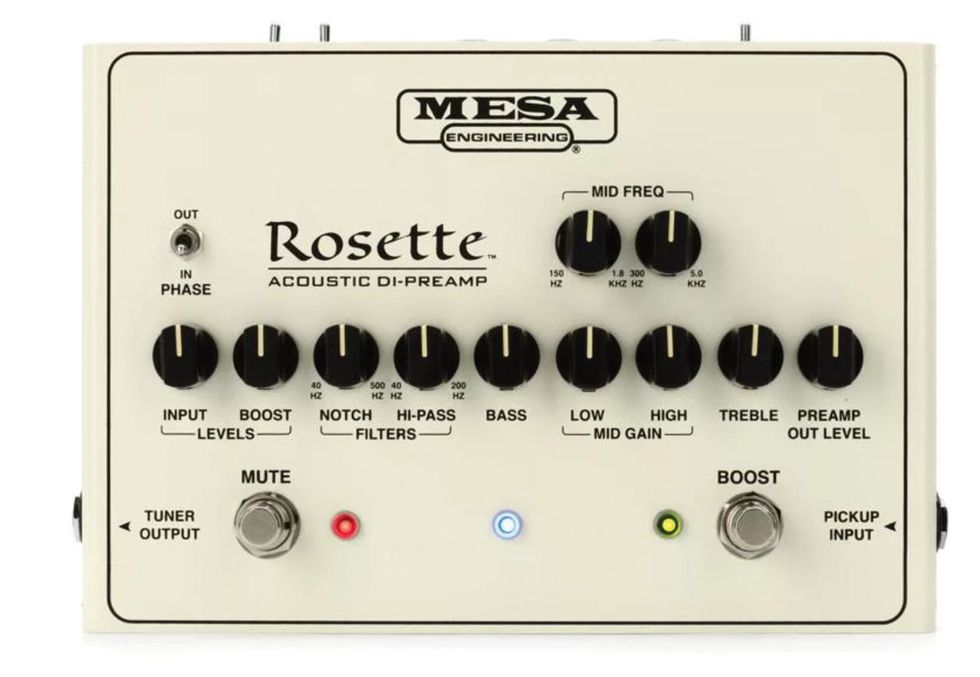
The focus is on massaging those pesky frequencies with a sweepable midrange control, a 4-band EQ, and a powerful filter section. Dual outputs and an effects loop round out this acoustic picker's playground.
$379 street
mesaboogie.com
Tech 21 Acoustic Fly Rig

Building upon the company's line of slim multi-effects units, this version comes with a special notch-filter equipped SansAmp, reverb, compressor, XLR output, and much more.
$299 street
tech21nyc.com
Radial AC-Driver
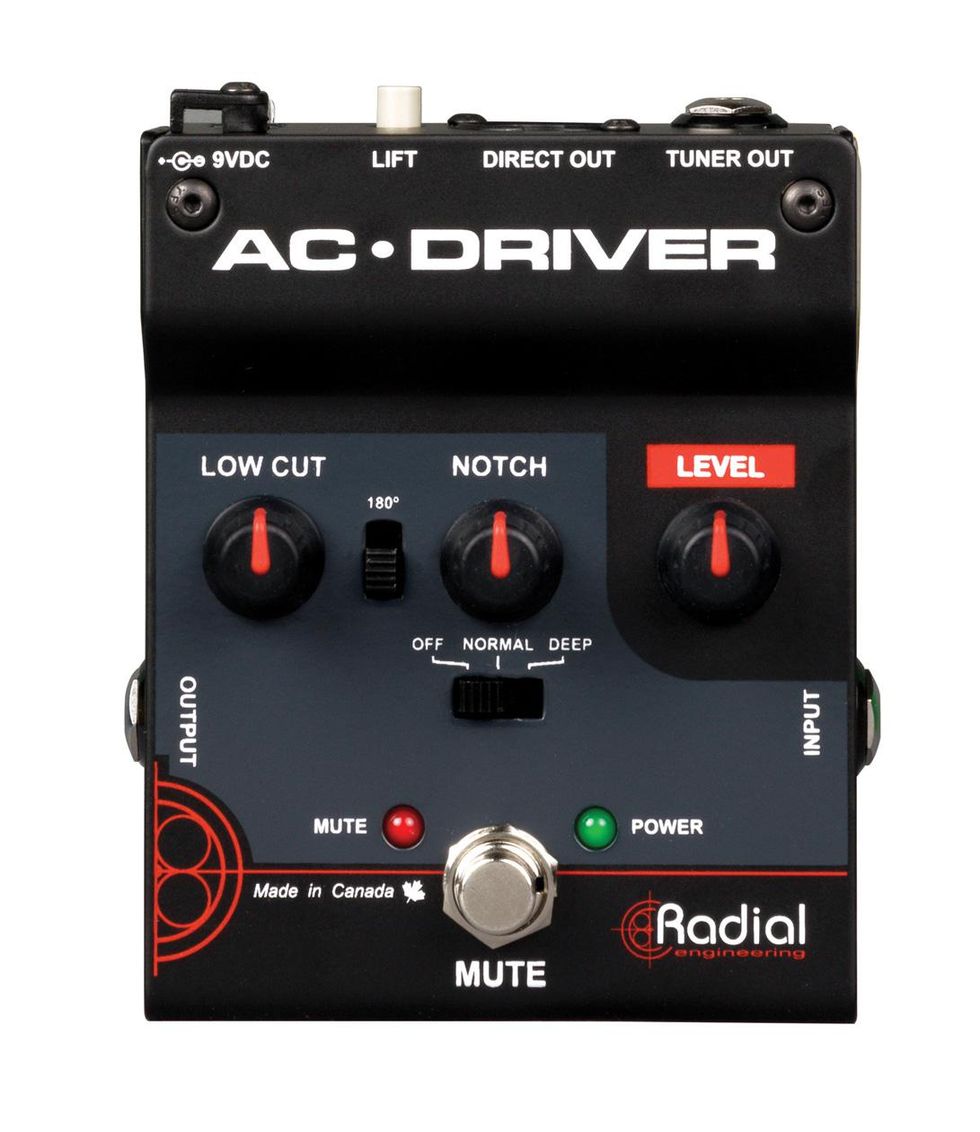
This compact preamp only delivers the most essential features for acoustic instruments, with streamlined EQ controls, a tuner out, and a customizable notch filter—making this high-quality circuit a pedalboard space saver.
$149 street
radialeng.com
L.R. Baggs VoicePrint DI
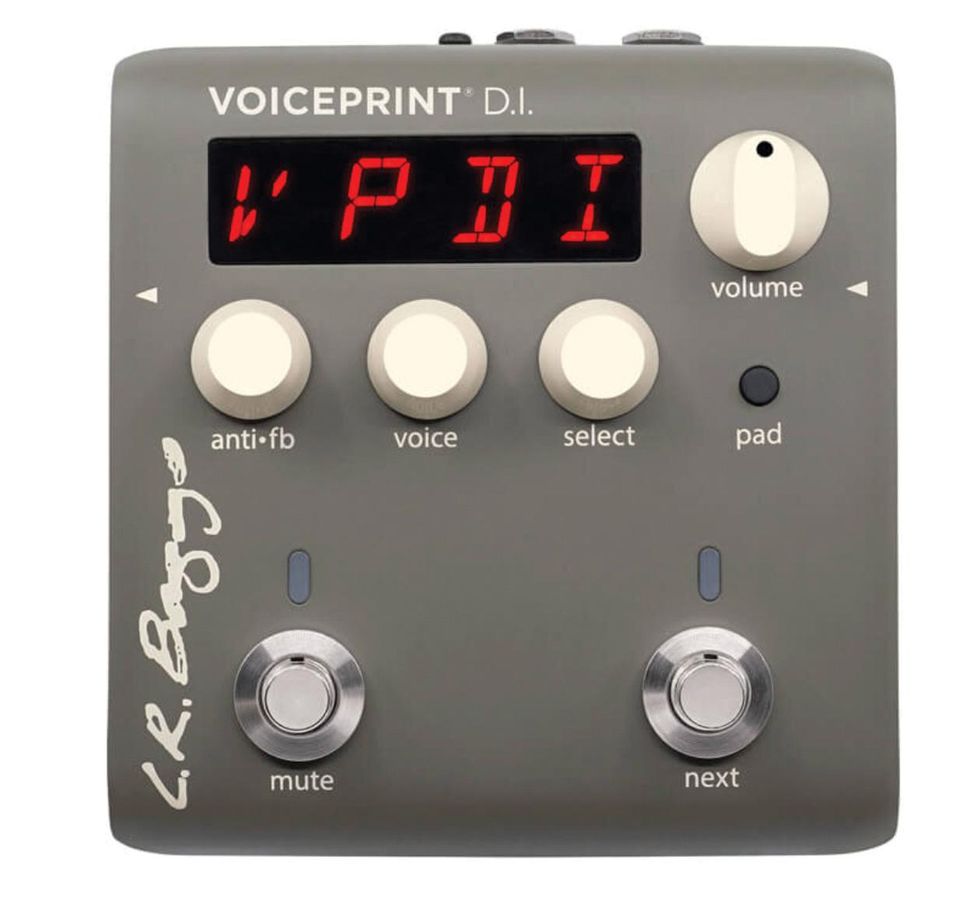
This tech-heavy stomp uses the power of your phone to leverage a custom impulse response to improve your tone. With a few strums and taps, the Voiceprint learns all it needs to know about your guitar and what frequencies it needs.
$399 street
lrbaggs.com
Fishman ToneDEQ
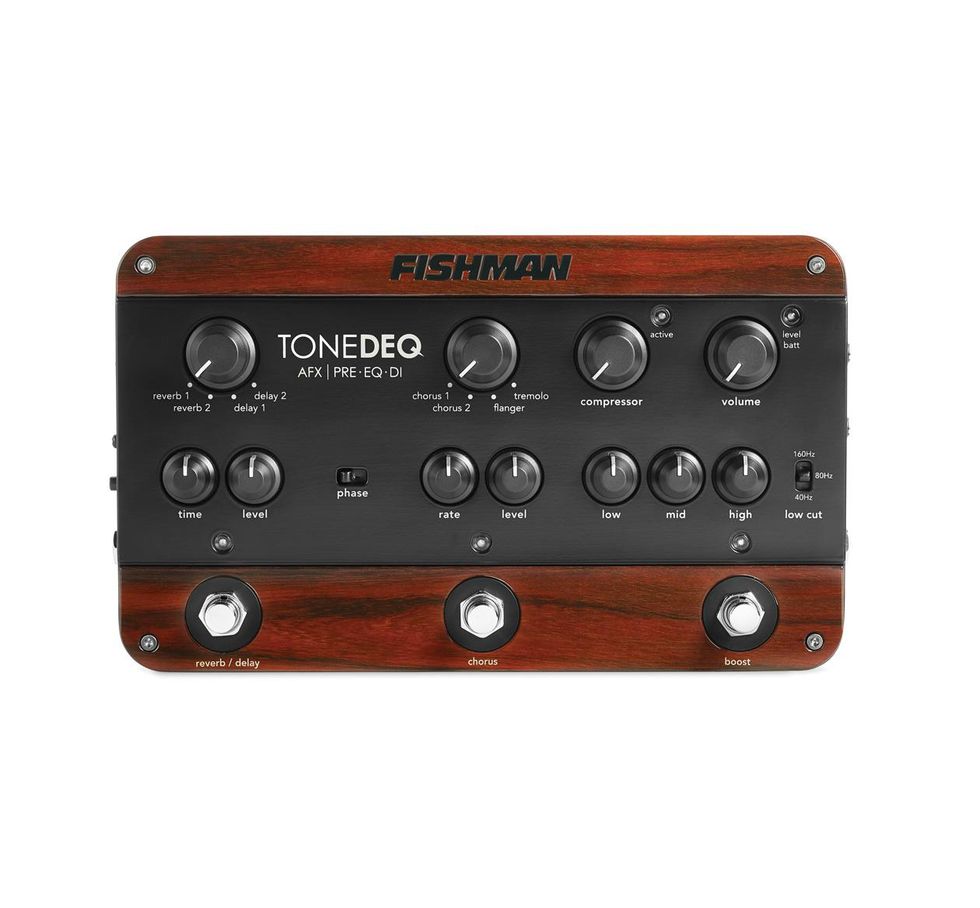
This pro-level DI also adds a handful of modulation effects into the mix, including reverb, delay, tremolo, and flanger, for your more cosmic acoustic adventures.
$319 street
fishman.com
Boss AD-10
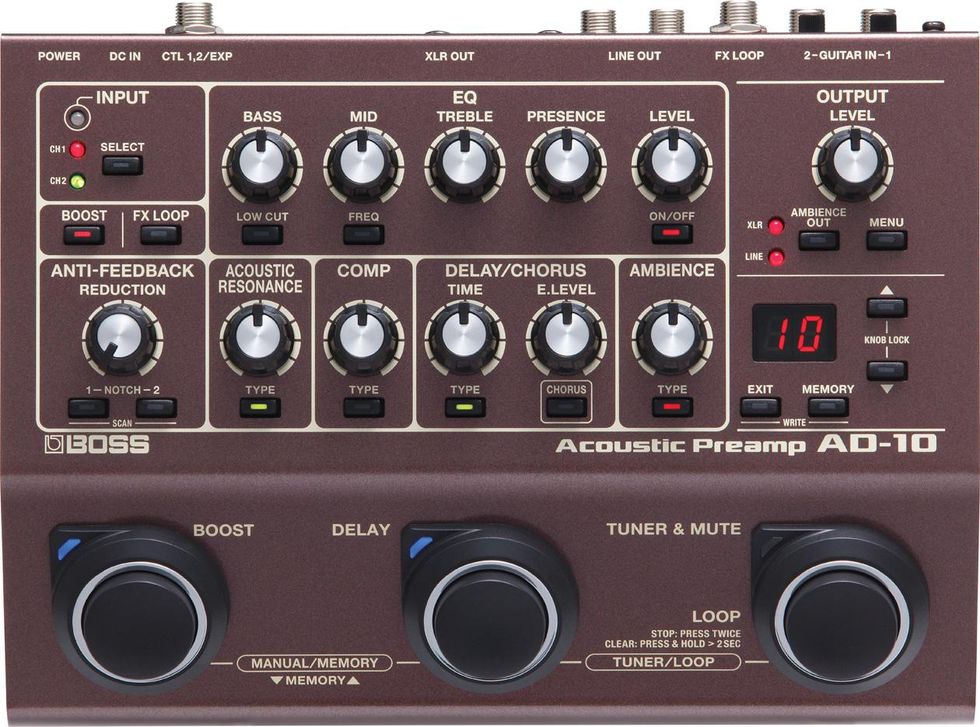
If you only can pack one pedal for the gig, the AD-10 offers a wealth of features for the solo singer/songwriter, including an 80-second looper to cop those Ed Sheeran vibes. Dual inputs, stereo outputs, and an effects loop make Boss' flagship acoustic stomp hard to beat.
$359 street
boss.info
BBE Acoustimax
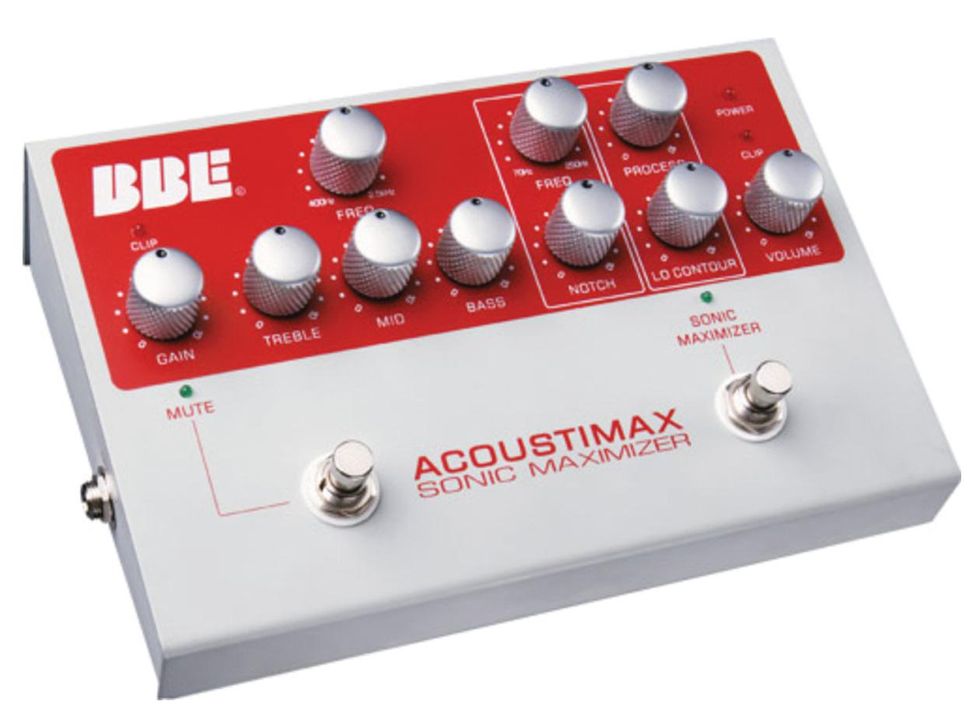
A medium-sized mothership that offers all the essential EQ controls that acoustic pickers value. Bonus features include tuner out, effects loop and line out, plus an XLR output.
$169 street
bbesound.com
Grace Design Felix2

This sleek all-in-one preamp is a dream machine for those who need minute control of every wave of their tone. The latest iteration sports variable phase control, more EQ, and a built-in headphone amp for easy practicing.
$1,075 street
gracedesign.com
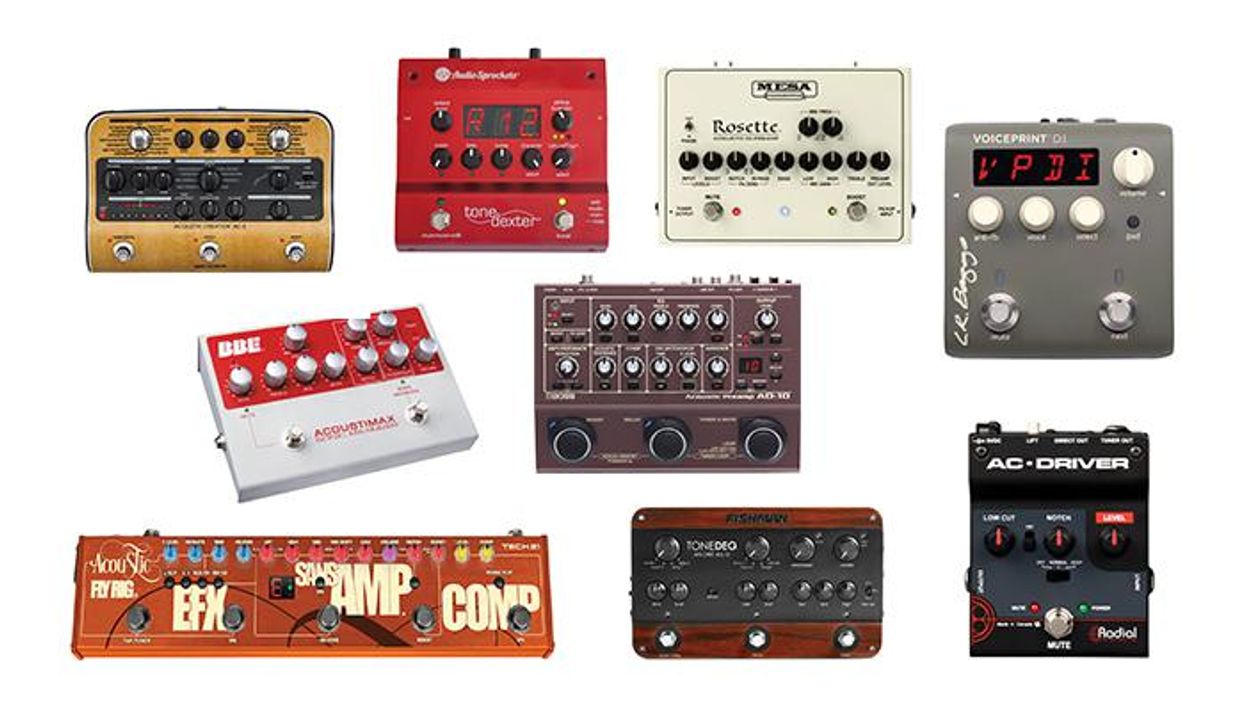

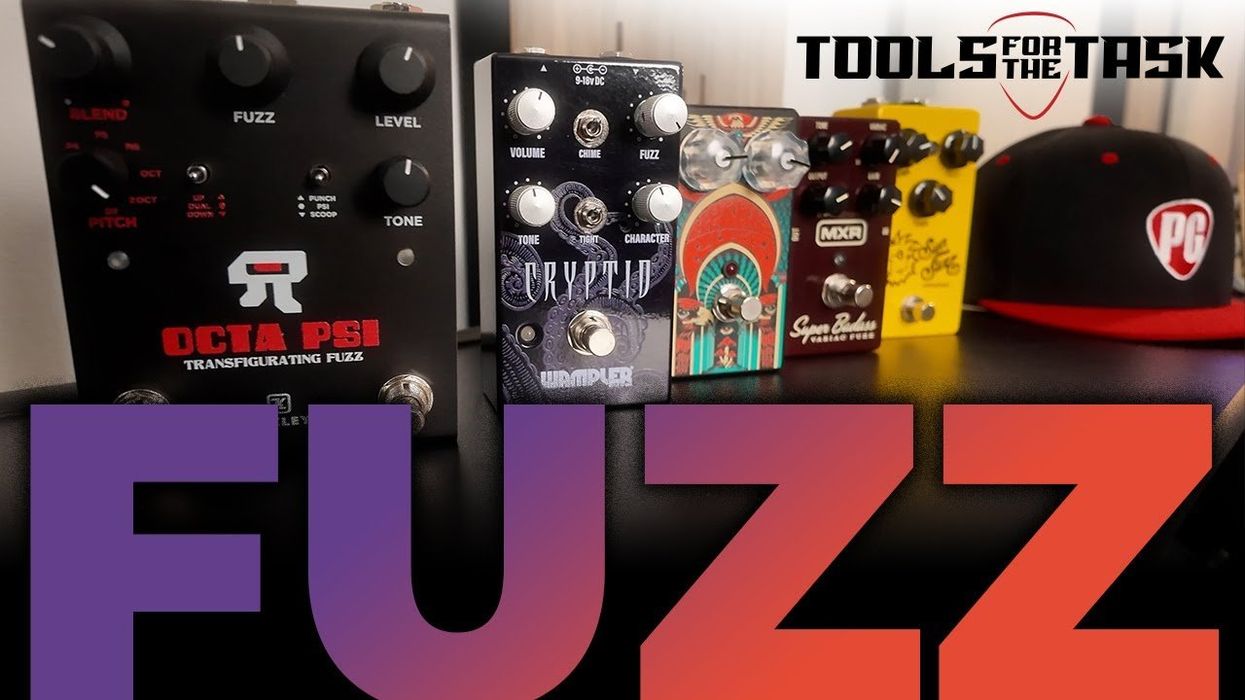
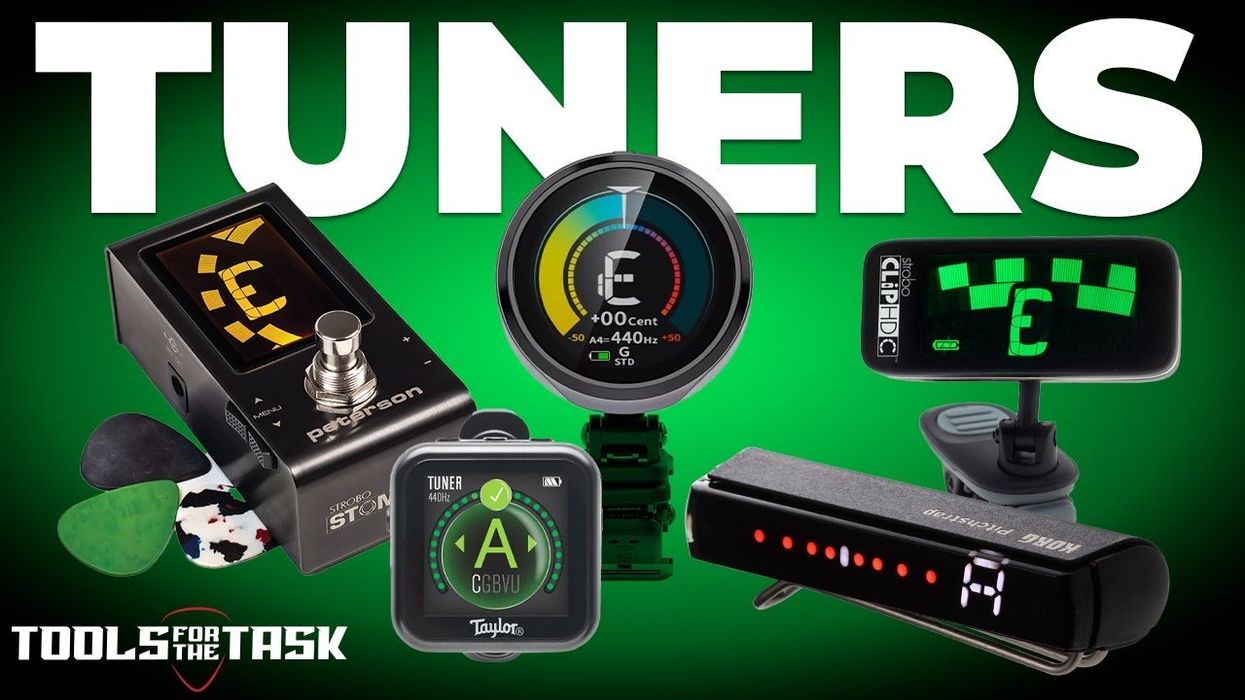
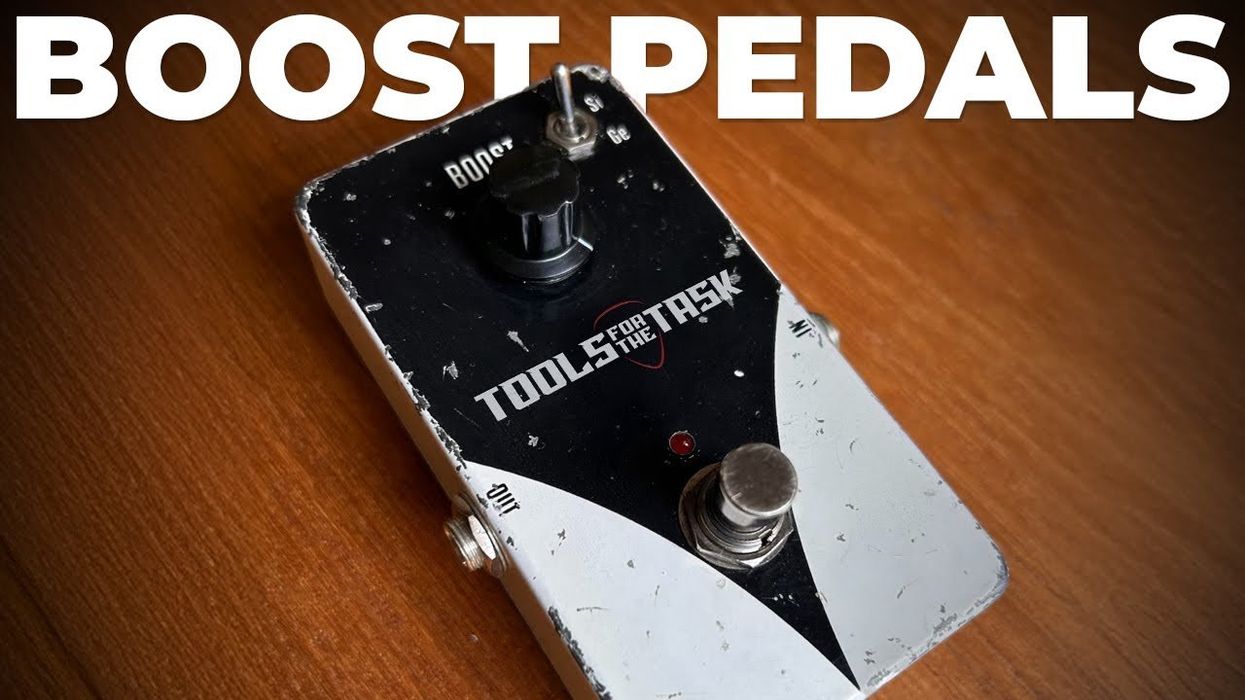
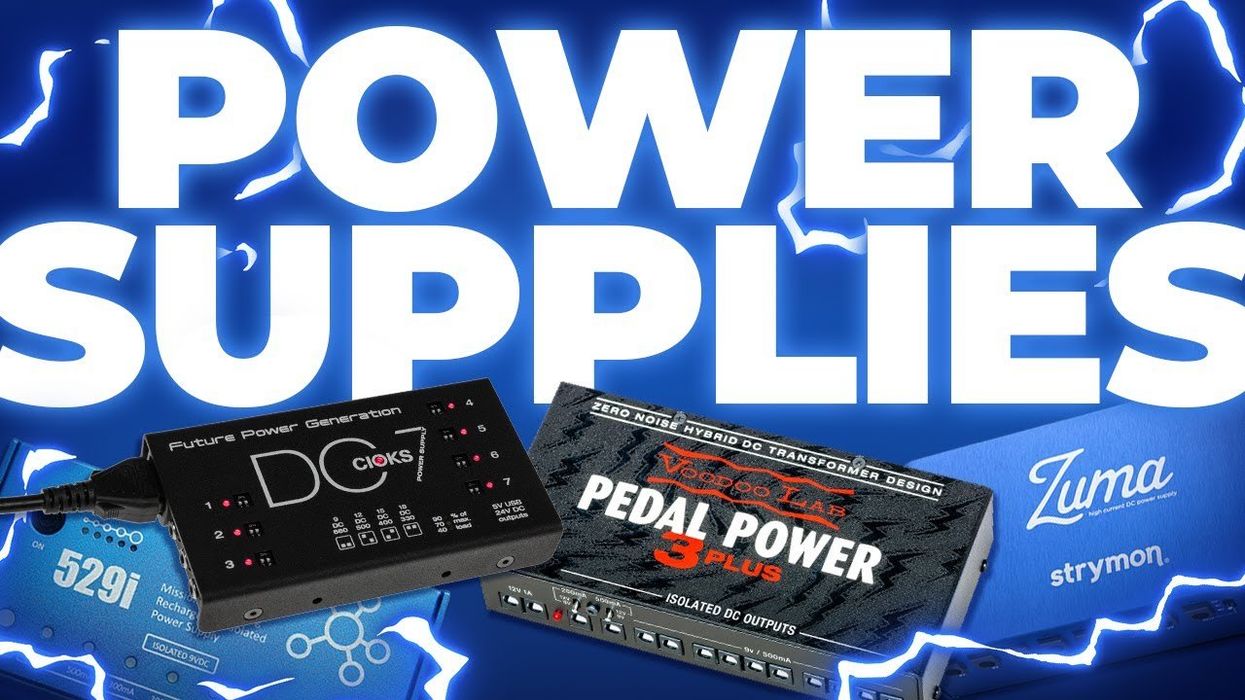
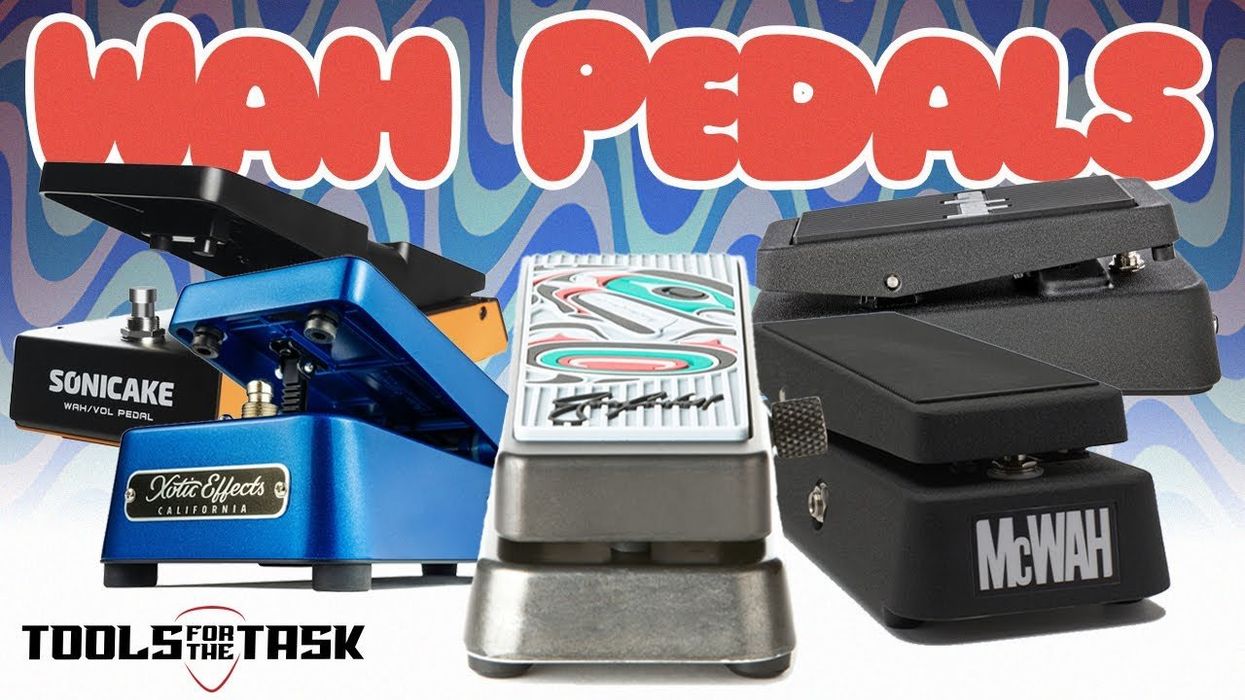


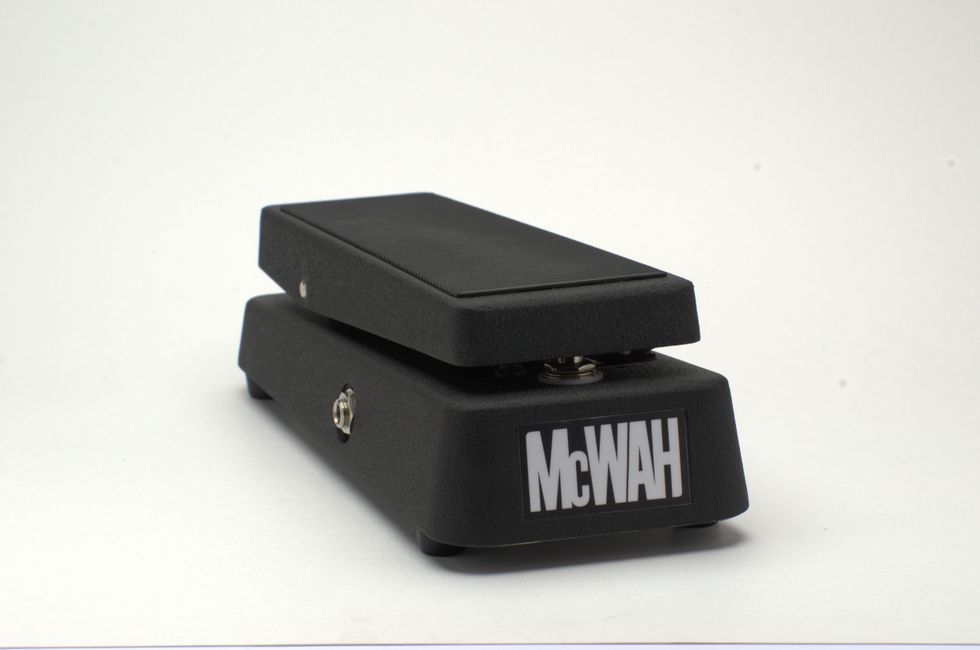



![Rig Rundown: AFI [2025]](https://www.premierguitar.com/media-library/youtube.jpg?id=62064741&width=1245&height=700&quality=70&coordinates=0%2C0%2C0%2C0)
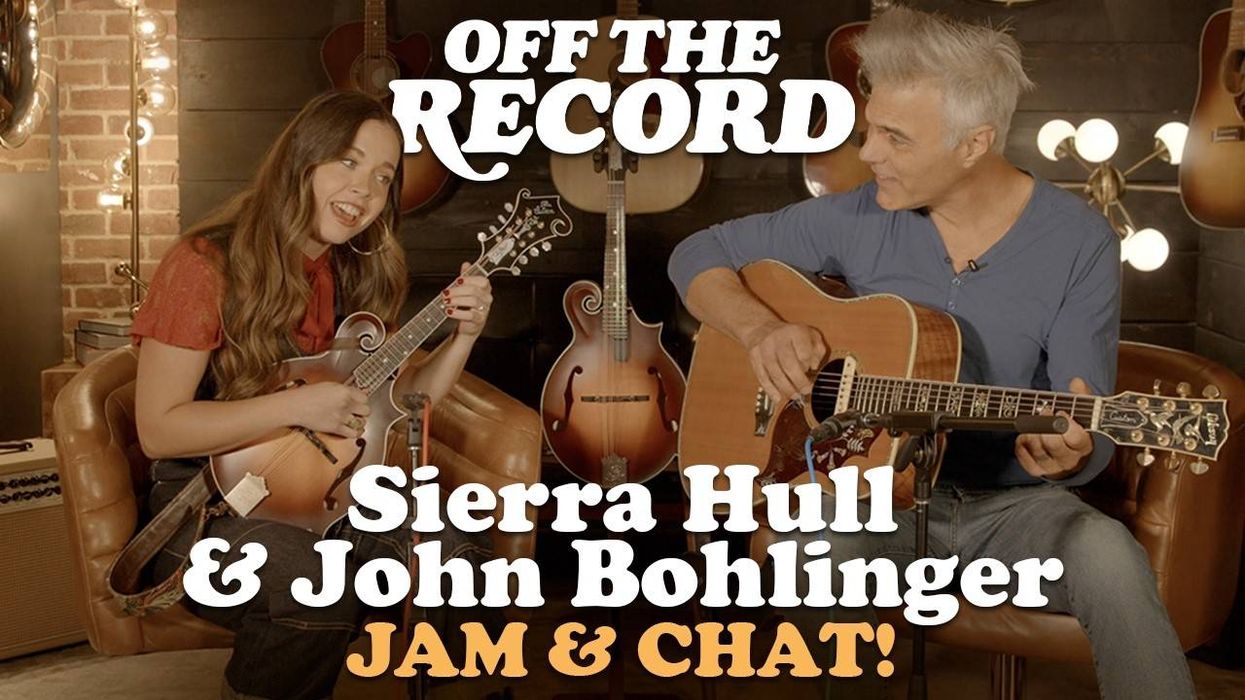


![Devon Eisenbarger [Katy Perry] Rig Rundown](https://www.premierguitar.com/media-library/youtube.jpg?id=61774583&width=1245&height=700&quality=70&coordinates=0%2C0%2C0%2C0)
